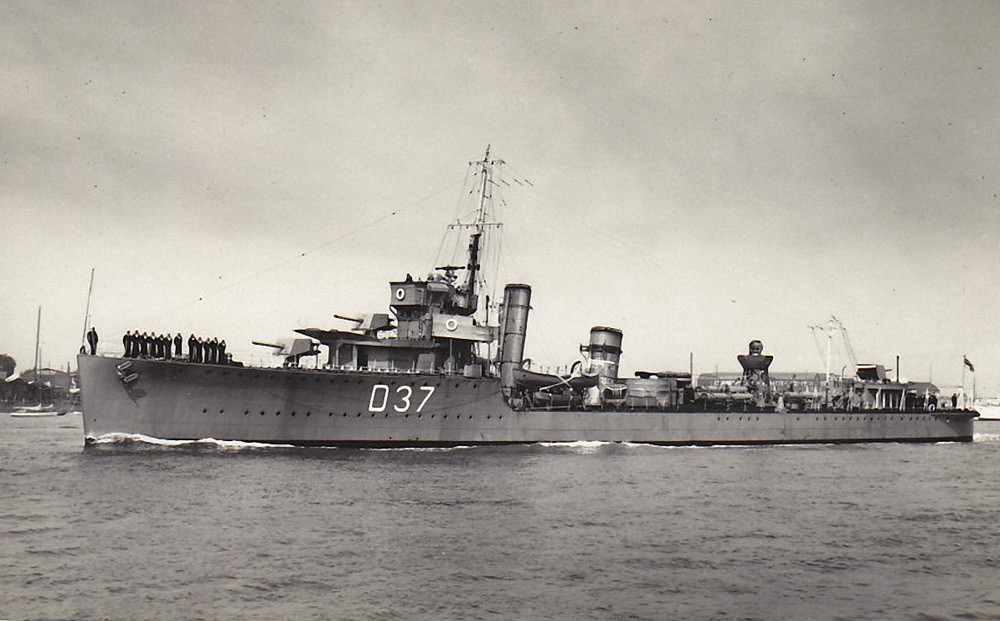
 HMS VORTIGERN
HMS VORTIGERN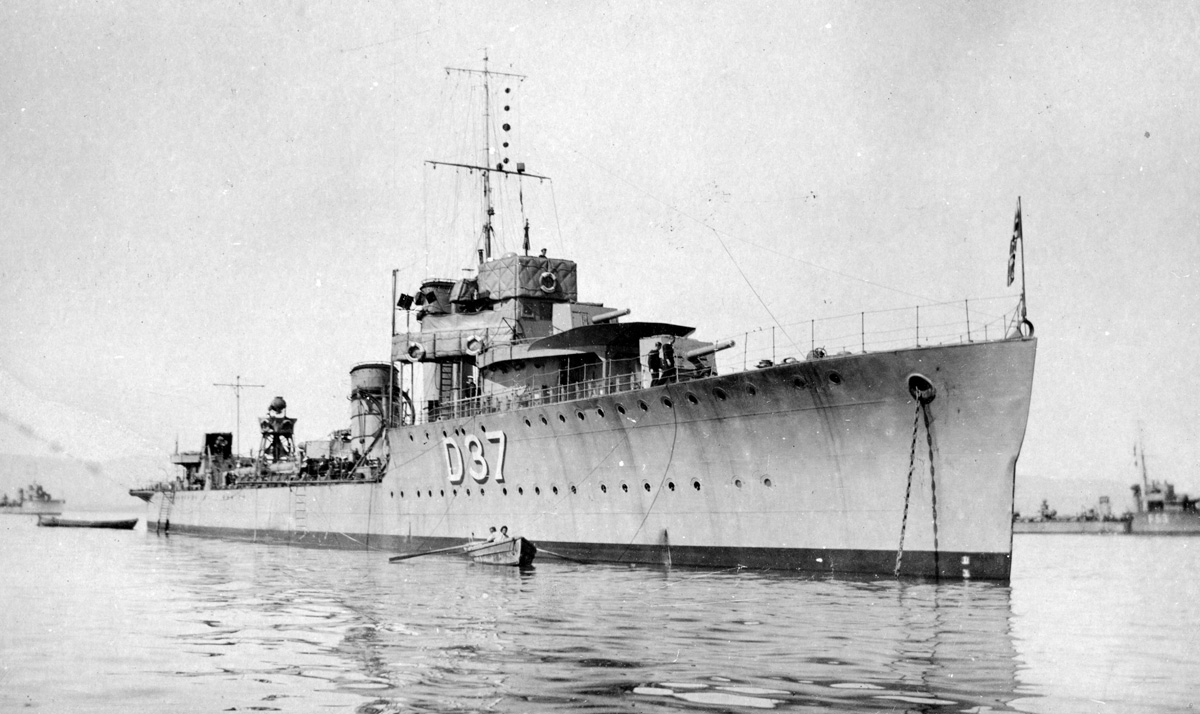
Commanding Officers
| Lt Cdr Julian Harrison (Jan. 1918 – 12 Dec. 1920) Lt Cdr Edmund F. FitzGerald (Nov. 1920 - Lt Cdr Patrick W. R. Weir (April 1923 – Dec. 1924) Lt Cdr Hamilton E. Snepp (Dec. 1924 - Dec. 1925) Lit Cdr Frederick A. Richardson (Dec. 1925 – Dec. 1926) Lt Cdr Charles W. T. V. S. Lepper (Dec. 1926 – 1928) |
Lt Cdr Thomas B. Hill (Dec. 1928 – July 1930) Lt Cdr Benjamin C. S. Martin (July 1930 - Feb 1932) Lt Cdr Eric B. K. Stevens (Aug. 1932 – 1933) Lt Cdr John H. Plumer (July 1933 - Lt Cdr Walter J. B. Handley (June 1939 – 2 Jan 1940) Lt Cdr Ronald S. Howlett (Jan. 1940 – March, 1942) killed when vessel lost under his command |
Officers
| Lt Francis Barchard (Dec 1930 - Sept 1932) Sub Lt Ian Easton (Sept - Oct 1938) Lt Sidney James Hall (Feb 1941 - |
Sub Lt A.T. "Derek" Sangster (15 June 1939 - Nov 1941) Lt John Spencer (Nov 193- - Sept 1932) Lt Richard Furneaux Stubbs (June - Sept 1939) Lt John A. W. Tothill (Jan 1933 - Jan 1934) |
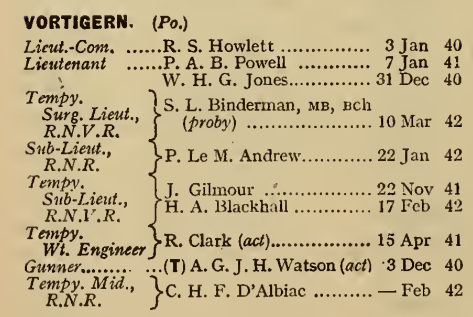
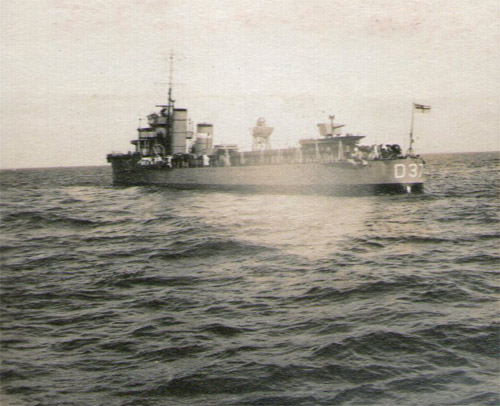
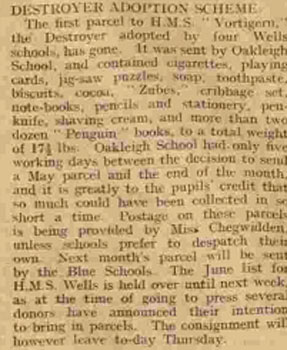 "I joined the Vortigern
at Rosyth in early '41 after passing out as S/T at Vernon and Roedean
college Brighton. We did a lot of convoy duties and at one time we were
escorting a cruiser from Dundee, going South. We picked up a young
drafter there, the weather was terrible, no one was allowed fore or aft
unless absolutely necessary, but this young lad, on his very first trip
was washed overboard and was lost. I never even got to know him.
"I joined the Vortigern
at Rosyth in early '41 after passing out as S/T at Vernon and Roedean
college Brighton. We did a lot of convoy duties and at one time we were
escorting a cruiser from Dundee, going South. We picked up a young
drafter there, the weather was terrible, no one was allowed fore or aft
unless absolutely necessary, but this young lad, on his very first trip
was washed overboard and was lost. I never even got to know him. 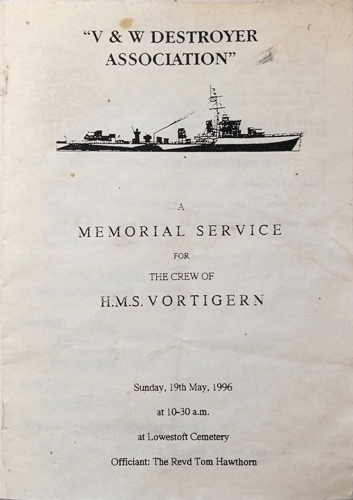 |
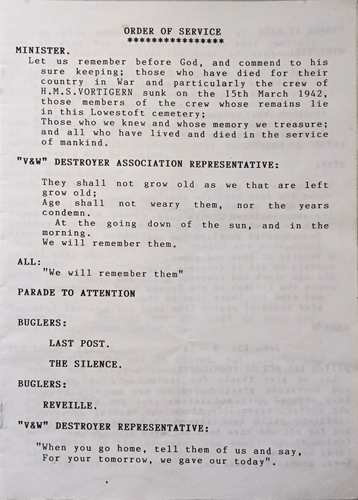 |
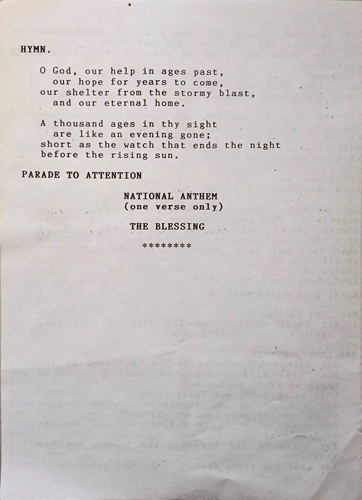 |
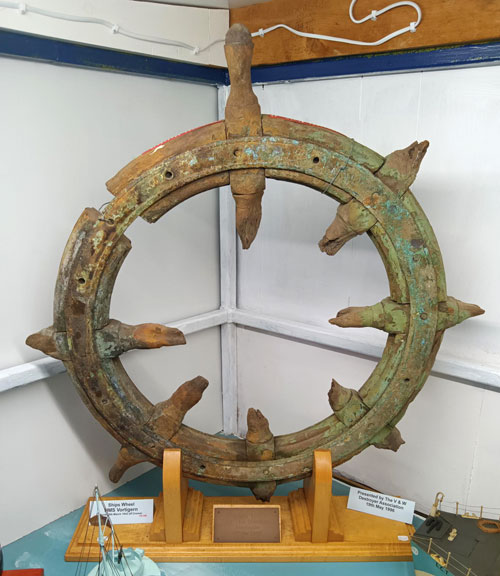 |
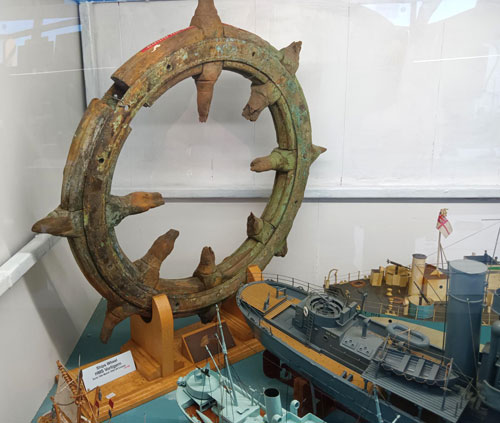 |
